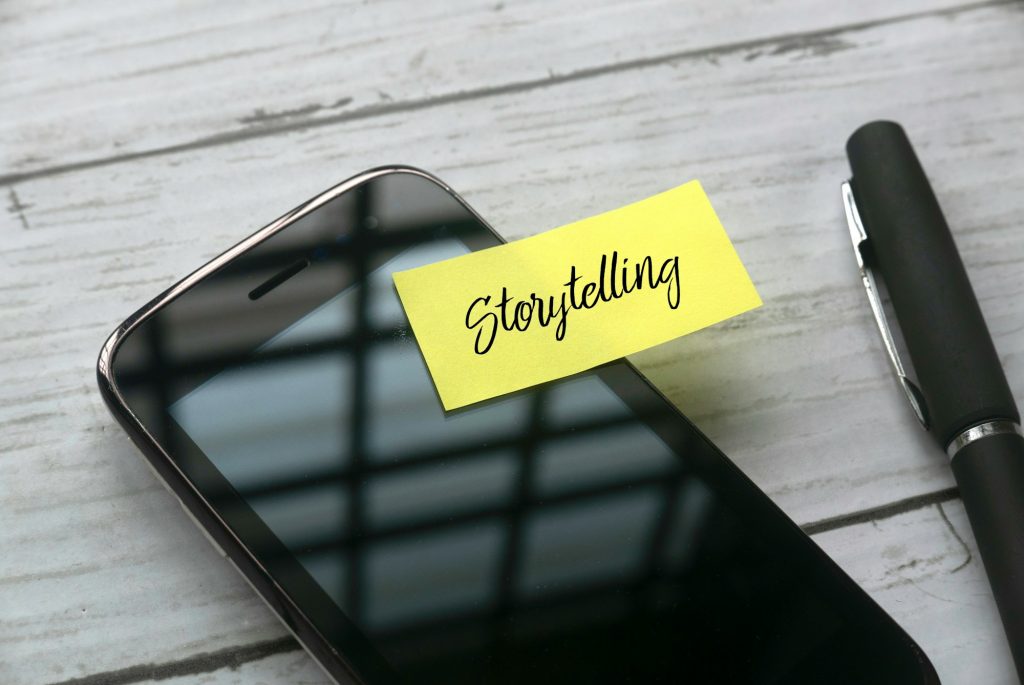In recent years, we have witnessed a dramatic shift towards digital learning, with videos emerging as a particularly powerful tool for engaging students. However, not all educational videos are created equal. The most impactful ones leverage a timeless method of engagement: storytelling. Storytelling in educational videos isn’t just about keeping learners entertained; it’s a strategic approach that enhances understanding, retention, and application of knowledge. This article delves into how storytelling can be effectively utilized in educational videos and explores techniques to maximize learning through stories.
Leveraging Storytelling in Educational Videos
Storytelling has long been recognized as a potent tool for communication and learning. In educational videos, incorporating storytelling elements can transform passive viewing into an interactive learning experience. The narrative structure of a story, with its beginning, middle, and end, mirrors the way our brains naturally organize information. This structure helps learners to better understand and remember the content. Furthermore, stories can provide context to abstract concepts, making them more relatable and easier to grasp. By embedding educational content within a story, educators can create a learning environment that captivates learners’ attention and fosters a deeper connection to the material.
Another advantage of using storytelling in educational videos is the emotional engagement it facilitates. Stories have the unique ability to evoke emotions, which plays a crucial role in learning. Emotional engagement can heighten attention and enhance memory, making it more likely for learners to recall information. Moreover, stories can serve as motivational tools, inspiring learners to explore subjects more deeply and apply what they have learned in real-life scenarios. When learners see characters overcoming challenges or achieving goals, they are more likely to believe in their own ability to do the same.
Incorporating storytelling also allows for the representation of diverse perspectives and experiences, enriching the learning experience. Through stories, learners can be exposed to different cultures, viewpoints, and life situations, broadening their understanding of the world. This diversity not only fosters empathy and social awareness but also encourages critical thinking and problem-solving skills. By presenting content through varied narratives, educators can cater to a wide range of learning styles, making education more inclusive and effective.
Techniques for Effective Learning Through Stories
Creating compelling educational videos through storytelling requires careful planning and execution. One effective technique is to use relatable characters or avatars that learners can identify with. These characters can journey through challenges related to the educational content, allowing learners to vicariously experience and learn from these situations. Characters should be diverse and inclusive, reflecting the varied backgrounds of the learner population. This not only aids in engagement but also in the personalization of learning experiences.
Another key technique is the use of conflict or challenges within the story. These elements introduce tension that motivates learners to continue watching to find out how the story resolves. Educational content can be woven into the resolution, providing learners with valuable insights or knowledge. Additionally, incorporating interactive elements such as quizzes, discussions, or decision points within the narrative can enhance engagement and facilitate active learning. This interactivity allows learners to apply what they have learned in the context of the story, reinforcing their understanding of the material.
Lastly, leveraging visual and auditory elements to complement the narrative can significantly enhance the storytelling experience. High-quality visuals, animations, and sound effects can make stories more vivid and memorable. These elements should be thoughtfully integrated to support the educational objectives without overwhelming the learner. By combining these techniques, educators can create immersive and impactful learning experiences that not only educate but also inspire and engage.
The incorporation of storytelling into educational videos represents a powerful fusion of age-old narrative techniques with modern digital technologies. This approach not only makes learning more engaging and memorable but also more meaningful by connecting learners with the material on an emotional and personal level. By employing techniques such as relatable characters, conflict, interactivity, and rich multimedia elements, educators can transform traditional educational content into compelling stories that captivate and educate. As we continue to navigate the evolving landscape of digital education, storytelling in videos stands out as a critical tool for enhancing learning outcomes and fostering a deeper love for knowledge.





